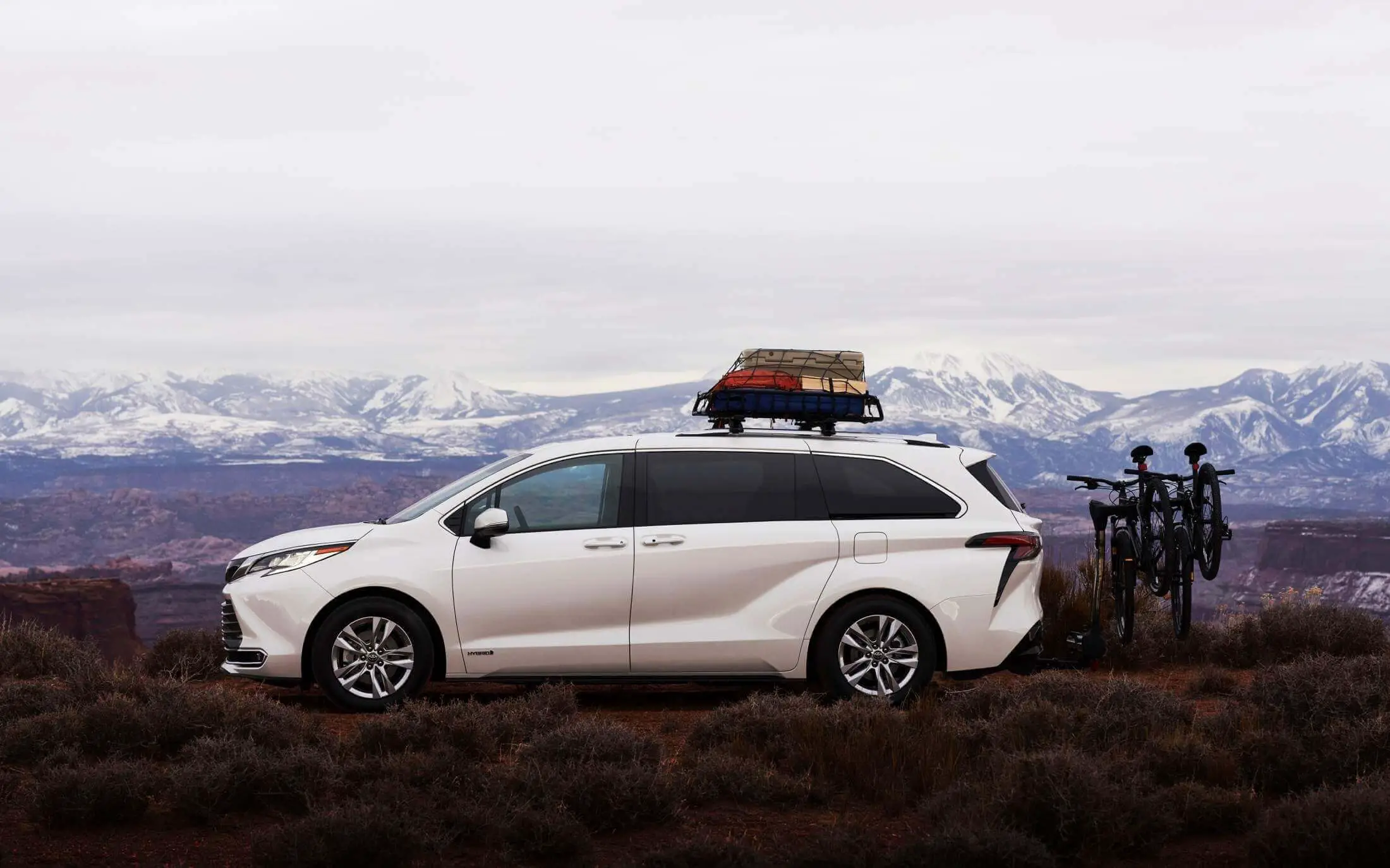Toyota started developing hybrid technology in 1965 and has been producing hybrids for almost two decades. The Prius was the Toyota corporation’s first hybrid vehicle, which was disputed in 1997.
Despite their track record of success, there are still several incorrect notions concerning problems with hybrid cars. Let’s have a look at some of these misconceptions and debunk the urban legends about hybrid cars.
You Have To Plug-in a Hybrid To Charge It
Surprisingly, there are still people who believe that the problem with hybrid cars is that they have to be plugged in. On the contrary, Hybrid vehicels never need to be plugged in. There is no plug or cable, so you can’t even if you tried.
When you slow down while driving, the regenerative braking technology captures the energy and converts it into electricity, which is then stored in the Hybrid battery for later use. When driving, the vehicle’s gasoline engine is used as needed to create more power.
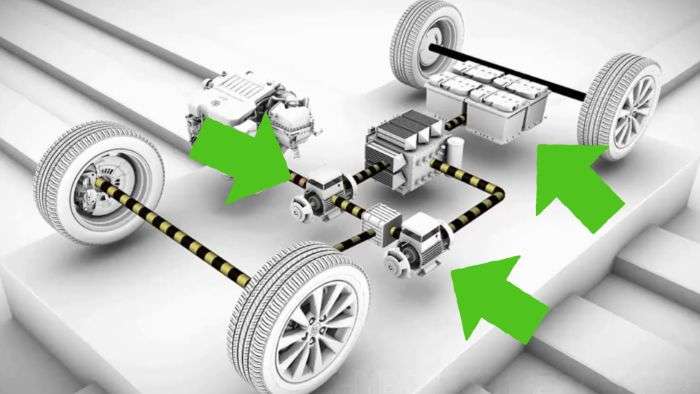
Using your Toyota hybrid in electric-only mode won’t harm the battery’s life. Hybrid automobiles, like normal gasoline-fueled vehicles, contain a 12-volt auxiliary battery that is not part of the hybrid system and requires the same level of care as any other automobile.
All of this happens automatically without any input from the driver. In a conventional gasoline vehicle, this energy would have been turned into heat by the brakes and lost.
The battery will need to be replaced
The Hybrid battery is intended to last the life of the car. With no difficulties, you may go hundreds of thousands of kilometres every year. A 2004 Toyota Prius drove 1.5 million kilometres as a Vancouver taxi with its initial Hybrid battery, for example.
The life of your Toyota hybrid’s battery is not shortened by using it in electric-only mode. Hybrid automobiles, like conventional gasoline-only cars, have a 12-volt auxiliary battery that is not part of the hybrid system and requires the same sort of maintenance as regular vehicles.
Hybrid cars are not dependable
The fact is that there are over 15 million Toyota hybrid and electric cars on the road already. There have never been any difficulties in terms of dependability, especially given that the hybrid gearbox has fewer moving elements than a regular transmission.
For the life of the car, the two brushless electric motor-generators (or three in all-wheel drive versions) and Hybrid batteries don’t require any maintenance. Because of regenerative braking, you won’t have to change the brake pads as often as you would with a regular car.
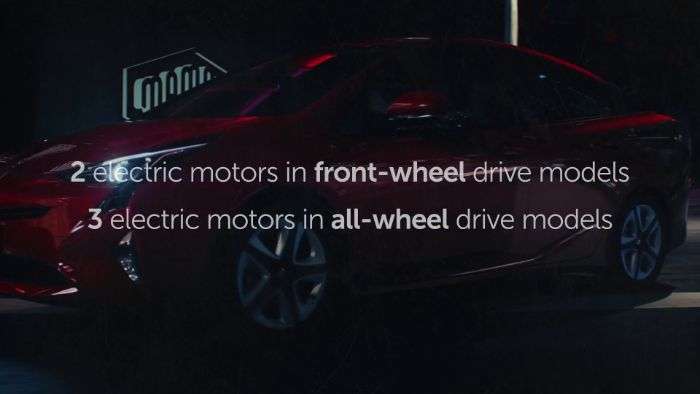
Hybrids are Ineffective in High or Low Temperatures
Another alleged problem with hybrid cars is that they don’t operate well in extreme conditions. Hybrids take time to warm up in cold weather just like all gasoline cars and need their cooling systems to stay cool while using their engines to generate heat.
Toyota intentionally tests its hybrid cars in extremely hot and cold environments at locations like the Timmins, Ontario cold-weather testing facility.

Hybrids Don’t Have Much Power
When it comes to the power of hybrid cars, they are definitely not lacking. The gasoline engine is there for when you need extra power – like when passing another vehicle.
This type of car does have a lot of benefits and can save on gas costs in the long run. It combines the gas-powered engine with two electric motors (or three in all-wheel-drive models) which provides maximum acceleration and can make for an efficient way of getting around town or on the highway.
In a hybrid vehicle, you’ll have less interior space.
- The interior space that is offered in Toyota’s Hybrid line-up is typically the same if not better than conventional vehicles in the same class. With each new generation, the weight and space required for hybrid components are reduced.
Most people are likely to not even realize it has hybrid components because of its roominess; though they may notice a slight difference in their fuel economy or feel more power from acceleration due to regenerative braking.
It’s no surprise then why this car company continues to grow as consumers become more conscious about fuel efficiency and reducing emissions.
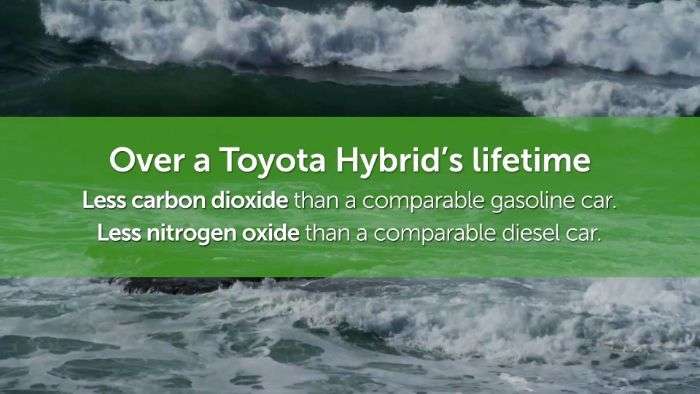
There Is No Environmental Benefit to a Hybrid
Toyota’s hybrid vehicles have a lower environmental effect than a regular vehicles from production to end-of-life. Each Hybrid automobile will emit less carbon dioxide and nitrogen oxide over its lifetime than a comparable gasoline car and equal diesel car, respectively.
When you decide to sell your hybrid car, Toyota has established a battery recycling program that allows you to do so. The whole vehicle, including the battery, can be recycled at 95%, and its components may be reused to create new hybrid cars.
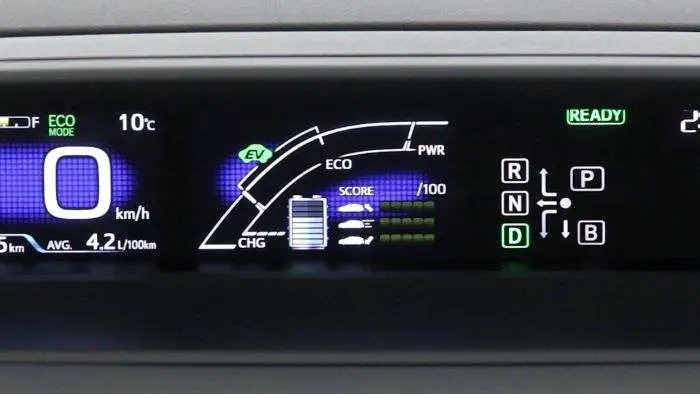
Hybrids Are Only Afforded to Techy Individuals
Hybrid automobiles are built to be driven by drivers of ordinary ability, and they operate just as well, if not better than, conventional automatic transmission vehicles. The hybrid system makes the decision between using electricity or gasoline on its own, while automatically switching between modes.
When stationary, the driver may engage in electric-only operation at low speeds or increase the amount of regenerative braking, which is similar to utilizing a lower gear in a gasoline-powered vehicle when driving down hills.
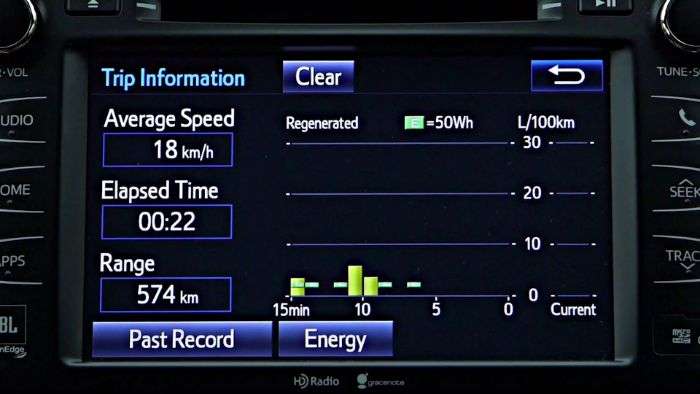
The hybrid system operation can be observed on the screen and an ECO score is generated in real-time to demonstrate how effectively you drive and how you may enhance your efficiency.
There’s a danger of electrocution
There’s little danger of electric shock if the car is in a collision or being serviced. The Hybrid battery is well protected and all high-voltage connections are kept out of sight and out of reach of vehicle owners.
A computer-triggered disconnection between the Hybrid battery and the rest of the car happens automatically, which is designed to prevent electrocution.
If water does get inside the shell, there’s nothing to worry about. Batteries in hybrid and electric cars are sealed nickel-metal hydride batteries, which means no liquid can enter or exit.
Conclusion
The only real problem with hybrid cars is there aren’t enough of them vs gas-powered vehicles. They are amazing cars with great mileage that helps the environment and will save you money.
If you are on the fence about whether or not to buy a hybrid car, this post should help make your decision easier. We hope that by reading it you have gained insight into some of the reasons why these cars are worth considering and how they can save you money in the long run.
Let us know if there is anything else we can do to be helpful in the comments below!

